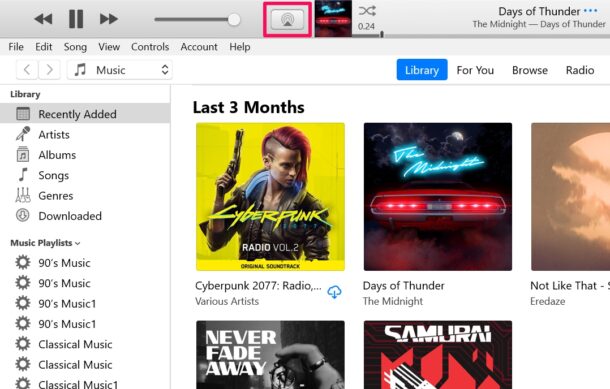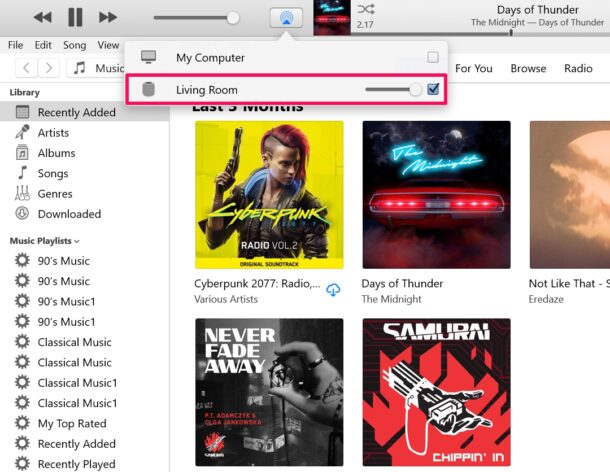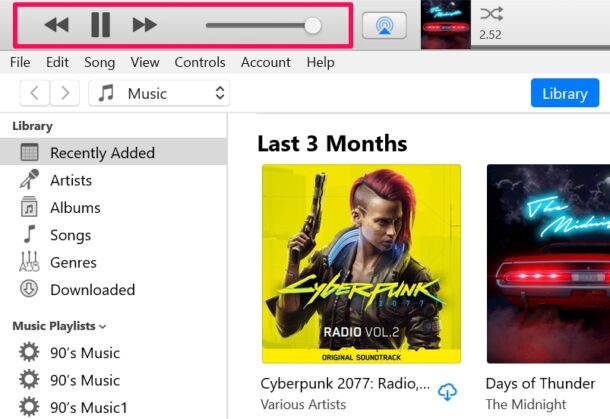How to Use HomePod with Windows PC and iTunes

Want to use a HomePod with iTunes for listening to music on your Windows PC? If you don’t have good headphones or a decent speaker system, but have a HomePod instead, you may be excited to know that you can feed the audio from iTunes directly to your HomePod speakers within seconds. You don’t even have to do much to get this working in Windows.
Apple’s HomePod and HomePod Mini are both really good smart speakers. More than just being smart with Siri, the bass and the overall sound quality of these speakers are its biggest strengths. If the Windows PC that you use for listening to music on iTunes has an average set of speakers connected to it, you’ll be surprised by how much your HomePod can improve the audio. You don’t have to disconnect your existing speakers and connect your HomePod using a cable to get this configured. So sure, a Windows PC isn’t part of the typical Apple ecosystem, but it turns out a Homepod works with iTunes for Windows just fine.
How to Use HomePod with iTunes and a Windows PC
To use your HomePod with iTunes, both the HomePod and the computer must be connected to the same Wi-Fi network. Also, make sure you’re running the latest version of iTunes before going ahead with these steps:
- Launch iTunes on your Windows PC and look for the AirPlay icon. This is located next to the volume slider, as shown below. Click on it.

- Now, your HomePod will show up under the list of devices that your iTunes can stream to via AirPlay, as long as it’s connected to the same network. Uncheck your computer and check the box next to your HomePod to start using it.

- Play a song and iTunes will feed the audio straight to your HomePod. You can control playback and volume via iTunes just like you normally would. Of course, you can use Siri to increase or decrease the volume too.

That’s it. You’ve successfully connected your HomePod to iTunes for music listening.
It’s worth pointing out that your HomePod only connects to iTunes and cannot be used as replacement speakers for your computer since Windows simply cannot detect your HomePod no matter what you do.
In the above steps, we asked you to uncheck your computer and select HomePod to use it instead. But, you can leave both of them checked if you want iTunes to feed audio to both the HomePod and PC speakers simultaneously. This could especially come in handy if you have multiple HomePods located around your house in different rooms. From our testing, there were no latency issues in the audio feed.
If you’re on a Mac, although there isn’t iTunes on newer versions of macOS, you can use the AirPlay option in the Music app to stream audio to your HomePod in an almost identical way. In macOS Big Sur or Monterey, you can access the AirPlay option from the Control Center to stream any audio from your system too.
Have you tried streaming audio to HomePod from a PC? Check out more HomePod tips if you’re interested.




